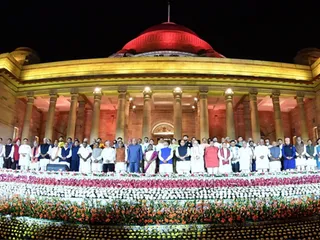Creating an authentic setting is crucial for engaging audiences across various creative mediums. Whether you're crafting a compelling narrative, designing a realistic video game environment, or painting a historically accurate scene, achieving realism requires careful attention to detail and thorough research.
Key Elements of an Authentic Setting:
- Research: Thorough research is paramount. This includes studying historical documents, geographical maps, photographs, and even visiting locations for firsthand observation. For fictional settings, establishing consistent internal logic and rules is crucial.
- Detail: Small details can significantly impact a setting's authenticity. Consider the textures of surfaces, the soundscape, the smells, and even the subtle nuances of light and shadow. These details bring the environment to life.
- Consistency: Maintain consistency within the setting. The details and elements should work together to create a cohesive and believable world. Inconsistencies can break the immersion and diminish the feeling of authenticity.
- Emotional Impact: A well-crafted setting should evoke emotions in the audience. The atmosphere and details should contribute to the overall mood and tone of the piece.
Resources for Creating Authentic Settings:
Many resources can aid in building believable settings. Libraries, archives, museums, and online databases provide a wealth of historical and geographical information. Furthermore, programs like Google Earth and various 3D modeling software can be utilized to create and visualize settings.
Examples Across Disciplines:
- Filmmaking: The Oscar-winning film 1917 is a prime example of achieving an authentic setting through meticulous research, practical effects, and long, unbroken shots.
- Game Design: Games like Red Dead Redemption 2 are lauded for their detailed and immersive open worlds, achieved through extensive research and advanced game engine technology.
- Writing: Authors such as Hilary Mantel, in her Wolf Hall trilogy, create authentic historical settings through extensive research and vivid descriptive writing.
By combining thorough research, meticulous attention to detail, and a deep understanding of the desired emotional impact, creators can craft authentic settings that truly resonate with their audiences.








































